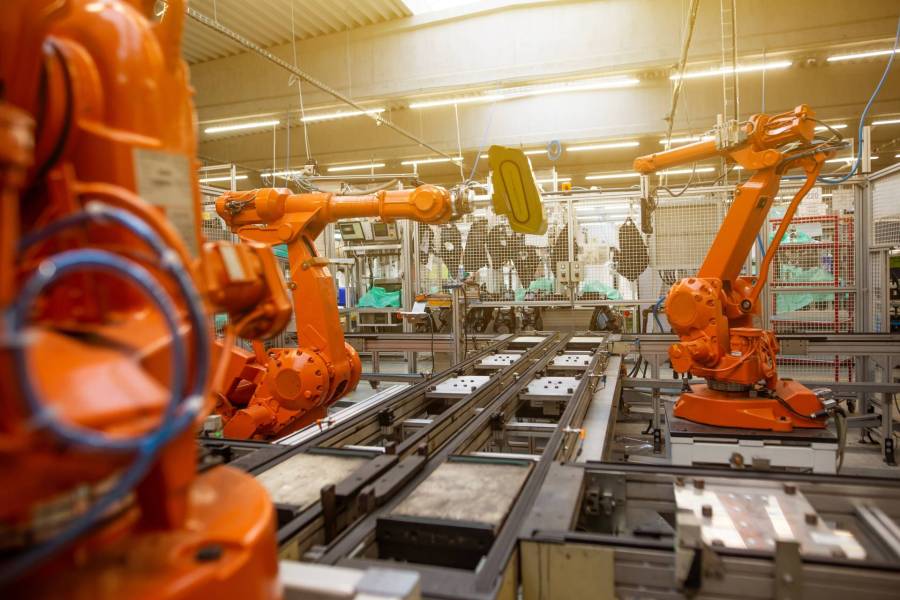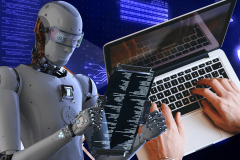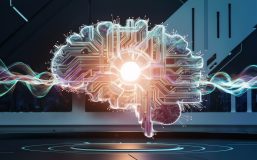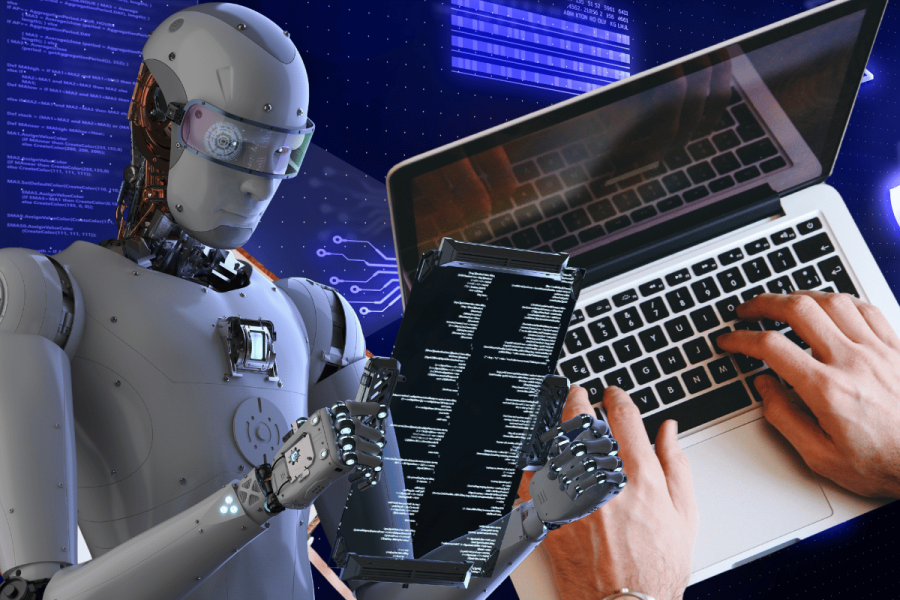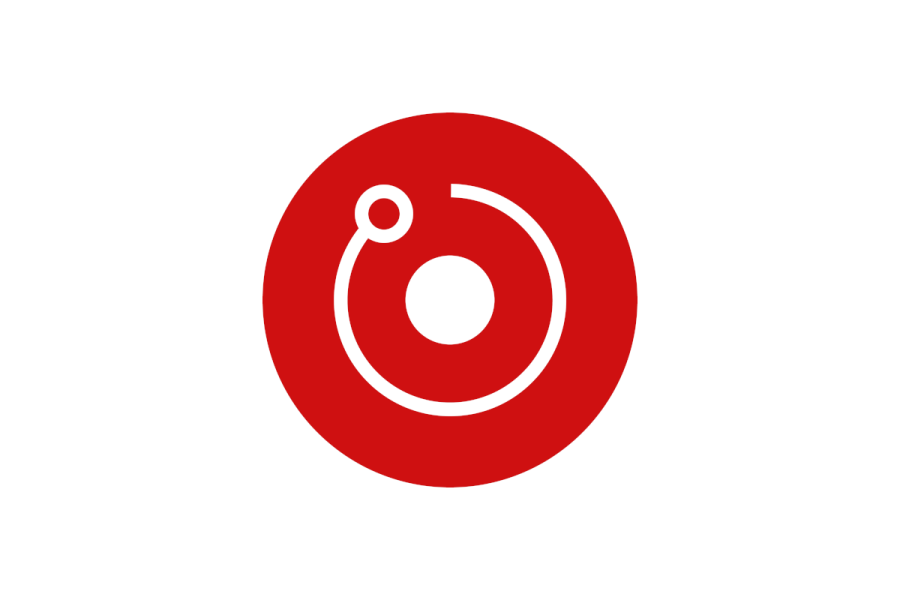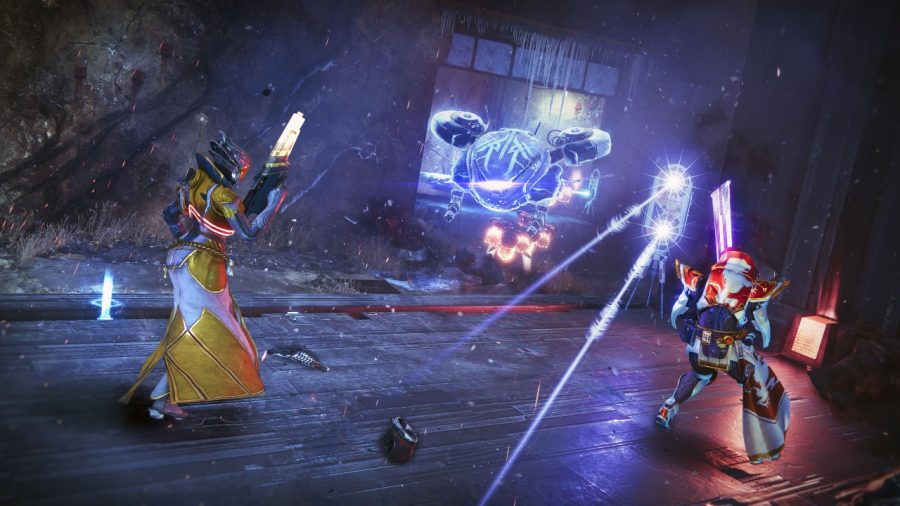To bridge the gap between real-world skills and language models, Google DeepMind has recently introduced RoboCat, a novel self-improving robotic agent. RoboCat is a major step forward in the development of AI and robotics because of its adaptability, capacity to learn new tasks, and control of a wide range of robotic arms. In this piece, we’ll investigate RoboCat’s intriguing talents in greater detail, looking into how it learns and adapts, paving the way for the next generation of multipurpose robots.
RoboCat’s remarkable talents are the result of its novel training cycle, which encourages the robot to improve itself. In this loop, the agent improves its performance over time by going through a sequence of phases that allow it to learn and adjust to new circumstances. Let’s break down the steps of this process of self-improvement:
- A large number of demos for a new job or robot are collected by RoboCat to jumpstart the learning process. These examples are achieved through the manual manipulation of a robotic arm. The agent collects between a hundred to a thousand examples of behavior, laying the groundwork for further instruction.
- After gathering the demonstration data, RoboCat is fine-tuned for the individual task or robotic arm. Through this approach, a spin-off agent is developed that is optimized for the given task. By focusing its efforts, RoboCat is better able to master the challenge at hand.
- The spin-off agent then repeats the learned procedure or uses the robotic arm to collect data an average of 10,000 times. RoboCat can amass a more complete and varied training set because of this lengthy practice.
- Integration of Demonstration and User-Generated Data: After that, RoboCat’s existing training dataset will be updated to include both the original demonstration data and the user-generated data. The agent is able to learn from a wide variety of situations thanks to the combination of real-world and simulated data.
- RoboCat is updated by training it on a new dataset that includes the new information. This newer version benefits from the accumulated wisdom and experience of its predecessors, making it a more sophisticated and effective robotic agent.
Gato, RoboCat’s core multimodal paradigm, allows it to process language, visuals, and actions in both virtual and real settings. Gato, which is derived from the Spanish word for “cat,” is the basis for RoboCat’s ability to learn and adapt. RoboCat’s intelligence is bolstered by this multimodal model’s seamless integration of data from various sources.
RoboCat can now use a massive training dataset with sequences of images and actions from many different robotic arms performing many different tasks thanks to Gato’s architecture. RoboCat’s training is bolstered by having access to Gato’s multimodal capabilities, making the agent more versatile and ready to take on a variety of tasks.
RoboCat’s exceptional capacity to learn and adapt to new robotic arms quickly is a result of its remarkable training. RoboCat is so adaptable and quick to learn that it can master new robotic arms in only a few short hours. For instance, after mastering two-fingered grippers, RoboCat can easily upgrade to arms with three-fingered grippers, which have twice as many controlled inputs.
RoboCat is able to adapt to new situations since it has been trained extensively and has access to millions of trajectories from actual and hypothetical robotic arms. RoboCat is able to rapidly adapt its methods and carry out activities that demand precision, knowledge, and complicated control because of the wide variety of training data types and tasks it can access.
RoboCat is a major step forward in the development of multipurpose robots because of its ability to learn and adapt. RoboCat improves its ability to master new abilities and take on novel obstacles as it does new assignments. RoboCat’s growth as a useful and adaptable general-purpose robotic agent is driven by this positive feedback loop.
RoboCat has made incredible strides with its most recent update, more than doubling its success rate on novel jobs. RoboCat paves the way for the next generation of sophisticated robotic agents by learning on its own and rapidly improving its performance across a wide range of devices and environments.
First reported on CyberNews
